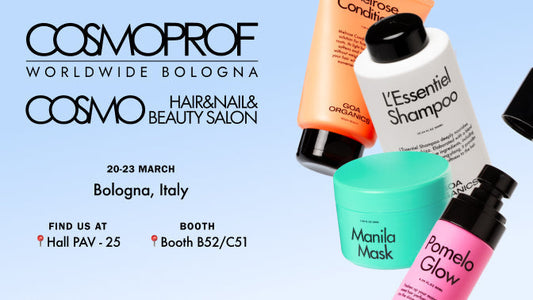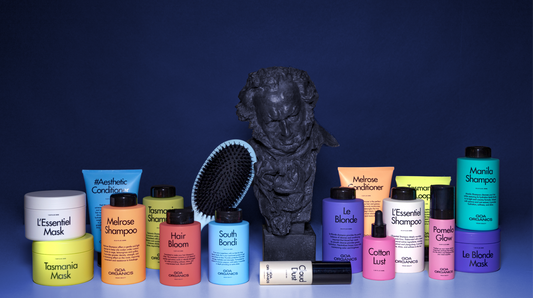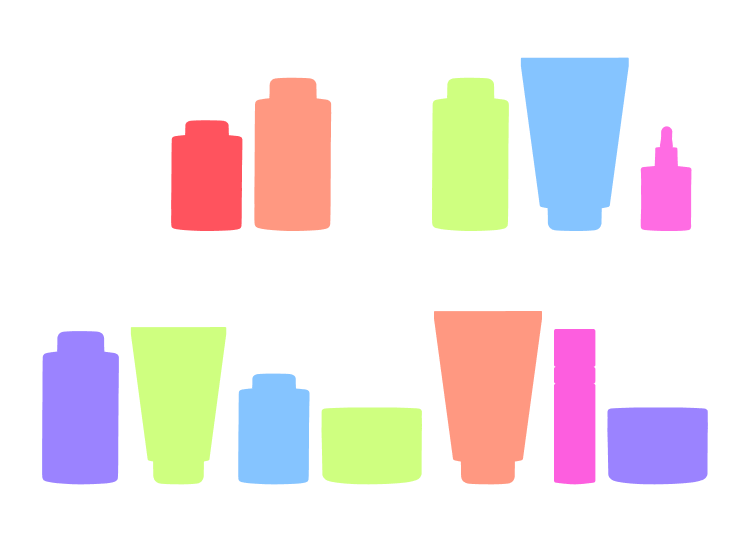Girlfriend, did you know that there are different types of frizz depending on the state of your hair? Yes bestie, you read that right, your hair can frizz like crazy whether you've subjected it to chemical treatments (dyeing, bleaching, straightening) or not. But don't worry, today we'll explain everything and give you the tips you need to combat frizz.
First things first,what is frizz? This phenomenon that drives us all crazy is nothing more or less than the manifestation of static electricity in our hair, making it look fluffy and swollen, and with little hairs raised as a result of friction between the charges of the hair fibers, giving it a look anything but cute.
Frizz in damaged hair
We've already told you in previous chapters that hair damaged by bleaching, coloring, straightening, very acidic or very basic treatments, as well as exposure to high temperatures from styling tools, will be very prone to frizz.
This is because the more damaged (and more lifted) the cuticle is, the more hygroscopic power the hair has, i.e. it attracts much more moisture because it becomes more porous. In addition, if your hair is very damaged, it will have a negative electrostatic charge, causing the hair fibers to repel each other, and raise those little hairs that are literally impossible to control.
In short, it's a drama.
Frizz in virgin hair
Well baby, if you didn't understand why you didn't get rid of frizz with virgin hair, now you'll understand, because natural hair also gets frizzy, and a lot of it.
In this case it will depend on the porosity of your hair, its shape, the pH of the hair products you use, and the frequency with which you use the iron, dryer and / or tongs.
If we talk about porosity, as we have already said, the more porous the hair is, the more hydrophilic the fiber will be, so it will attract more humidity and will frizz more easily. In general, virgin hair is less porous than chemically treated hair, but depending on the shape of the hair this factor can increase or decrease. Straight or straight hair tends to be very low in porosity, while wavy or curly hair, having a cuticle that loses its compact structure in the twists of the fiber, has a higher porosity and tendency to frizz.
The same happens with the high temperatures of the styling tools, which raise the cuticle and favor the penetration of humidity, causing the dreaded frizz to appear.
Tips to combat frizz
- Use anti-frizz treatments such as Softy Mood, which does not alter the shape of the hair but creates a film on the hair fiber that repels humidity, eliminating frizz, adding shine and disciplining your untamed mane. In addition, it deeply nourishes the hair thanks to ceramides and mango and coconut oils, which also give it strength and resistance.
- Nourishing masks are your MUST, and our favorite one is none other than L'Essentiel Mask which is an absolute show-stopper!
- Last but not least, from mid-lengths to ends, use oils that protect and seal the cuticle such as Cotton Lust or sprays to give glow (and an amazing sweet smell) like Pomelo Glow
Bestie, it's time to say "Sayonara, baby" to frizz!











